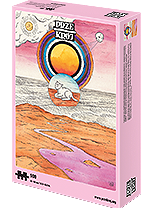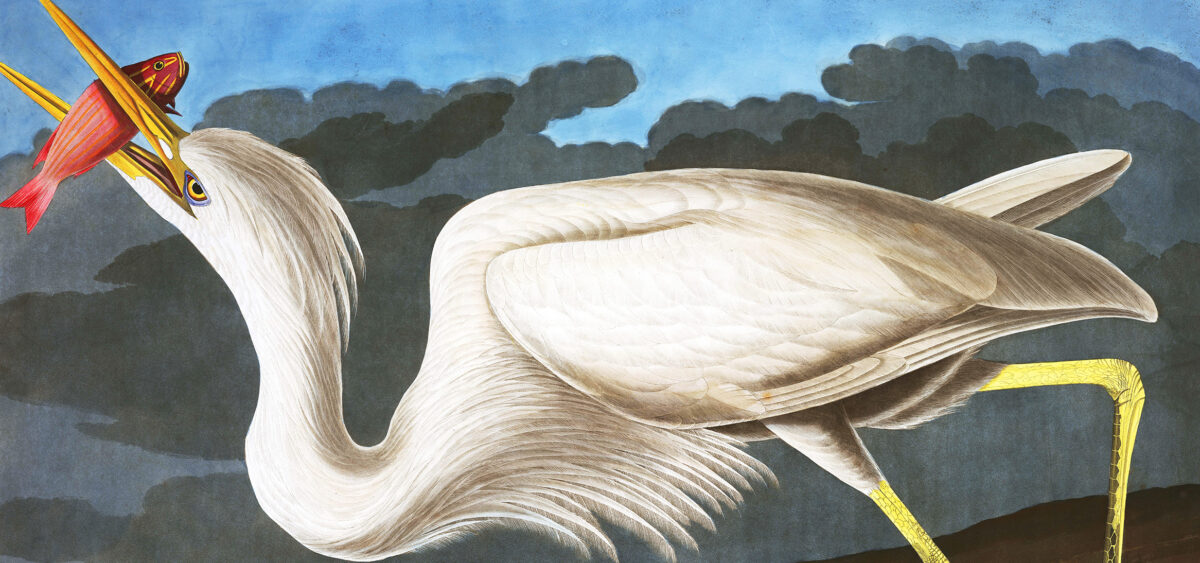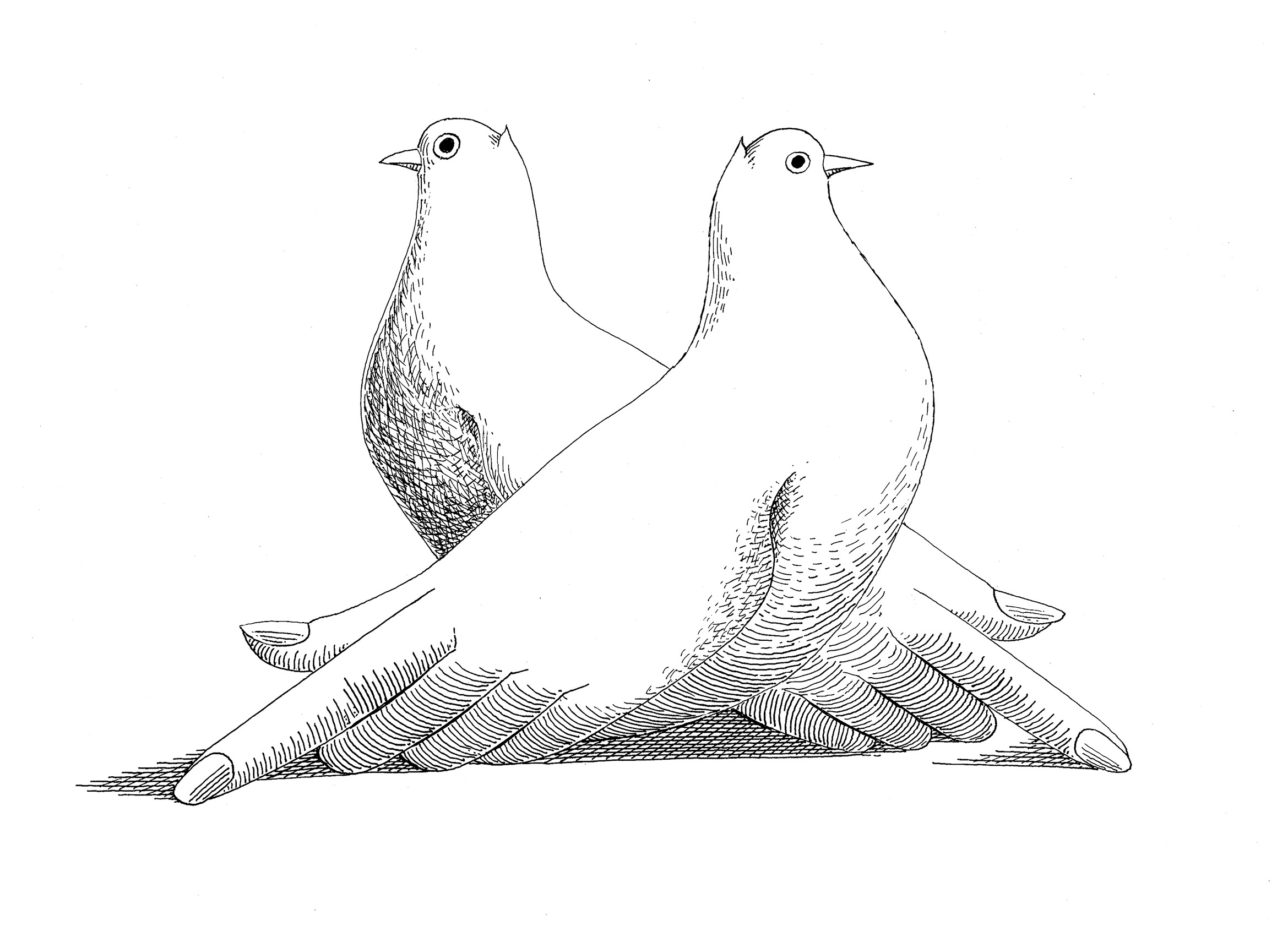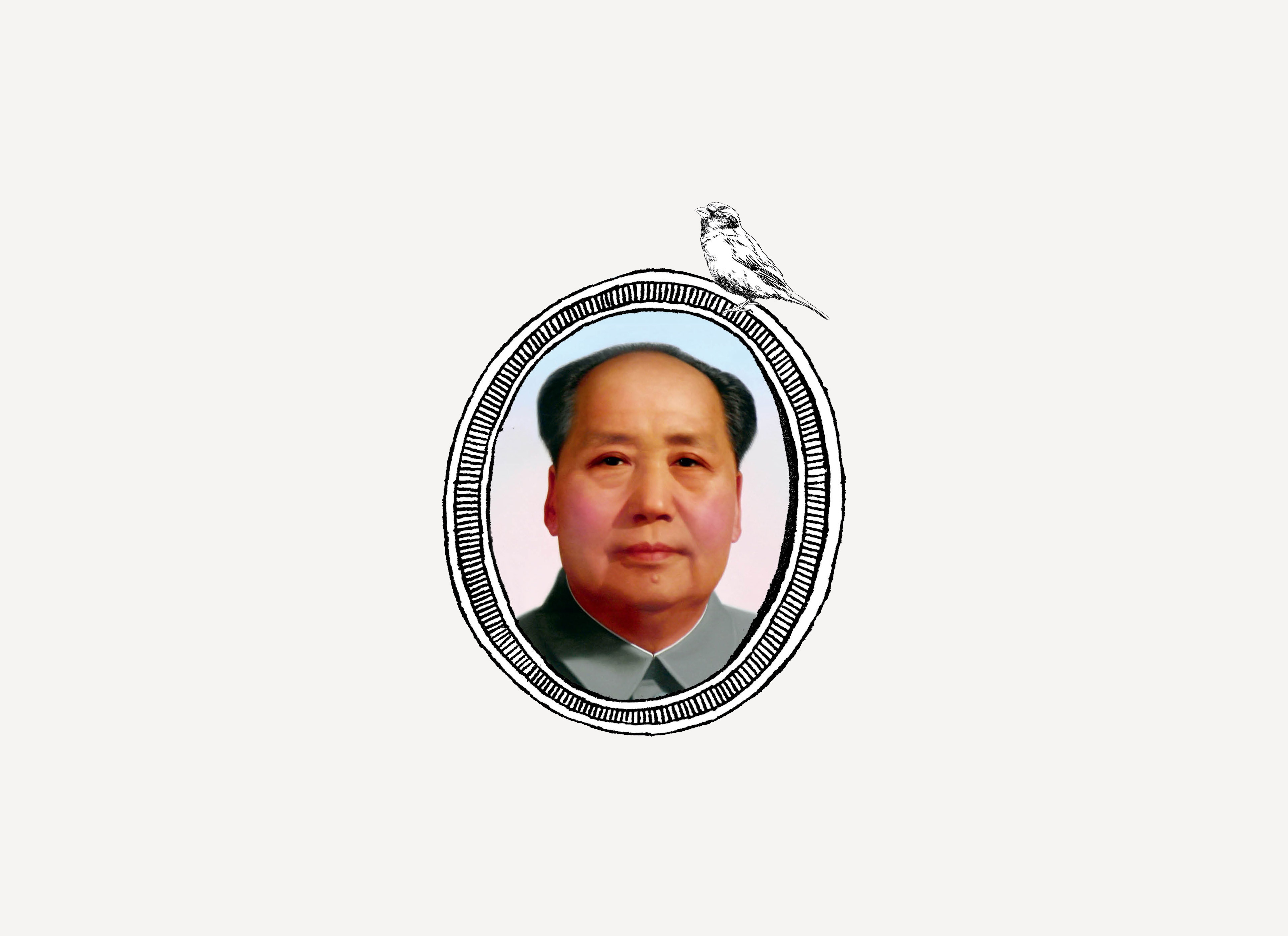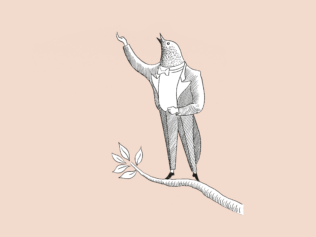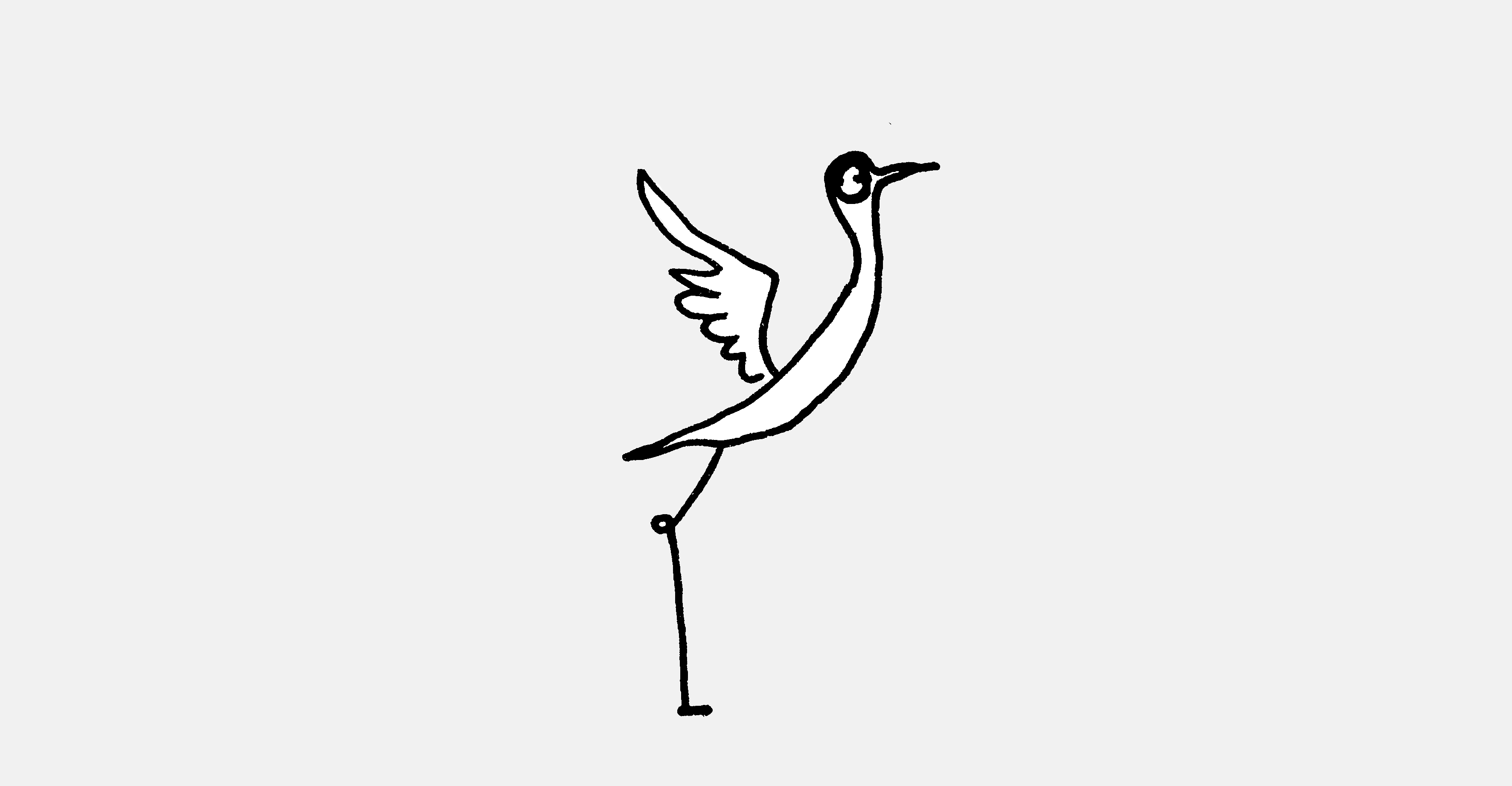
Business wasn’t his strong suit, so his wife provided for the family. Thanks to her, Audubon could devote his life to watching and painting birds. His book The Birds of America is one of the most expensive publications in the world.
While there are many portraits of John James Audubon, the most famous is probably the one painted by John Syme. Audubon is shown wearing a fur coat with an unbuttoned white shirt underneath. His long hair falls on his shoulders in loose curls, and he is holding a shotgun. The image reflects Audubon’s charisma and the spirit of the era: an American pioneer exploring the Wild West; a Byronic hero. Ornithologist, naturalist, painter, autodidact, traveller – John James Audubon represented romantic heroes and enlightened diligence, a passion for empirical learning and describing the world.
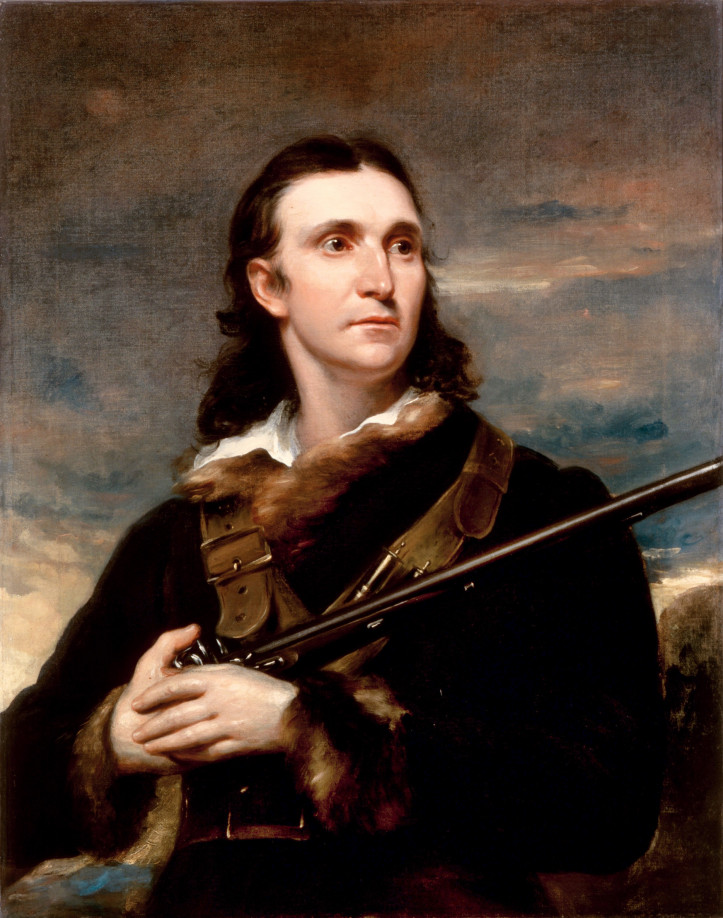
His life’s work, The Birds of America – a book consisting of 435 aquatint illustrations depicting birds in their natural habitat – is one of the most ambitious works on nature that has ever been created. To this day, it is also one of the most expensive books in the world. In 2010, a complete copy sold for more than £7 million at Sotheby’s in London. Audubon is the patron of the National Audubon Society, one of the largest environmental organizations in the US.
Attention to texture
What is so special about Audubon’s work? What distinguishes it from its predecessors? The idea of an atlas of birds has existed since the Renaissance. One of the first creators of such a monograph was Pierre Belon, a French naturalist and doctor. His 1555 Natural History of Birds set an example for subsequent works of this type: the name of the bird, a short description, a portrait (in a rather stiff pose). Successive artists followed suit, including Johann Leonhard Frisch, the German naturalist and linguist, and author of a volume devoted to the birds of Germany.
In the mid-18th century, under the influence of the Enlightenment-era desire to catalogue the world, especially in France, many atlases of nature were created. One of the most impressive works is the multi-volume Natural History written by the philosopher, naturalist and mathematician Georges Louis Leclerc, Comte de Buffon in cooperation with other scholars. Buffon’s invention was to place the portrayed birds against the backdrop of the landscape in line with the Academy’s aesthetic guidelines (beautiful, but fairly random), rather than against an empty background, as they were presented previously. Audubon’s immediate predecessor (they also met personally) was Alexander Wilson, a Scottish poet, ornithologist and illustrator, who was the first to catalogue and draw American birds. Compared to Audubon’s work, his drawings seem rigid and lifeless.
How did Audubon manage to depict so suggestively not merely the appearance, but also the character, movement and expression of the birds? Looking at his works, I can almost hear their sounds, and I almost fear the more predatory species. How did Audubon achieve this effect? This is the result of their careful observation, to which he was almost completely devoted, but also of an invention that facilitated the reconstruction of the natural positions of the depicted birds. It should be noted that although they were Audubon’s great love, in order to paint them, he had to kill them. After spending hours, days or even weeks observing a given species, he shot and killed the bird (or a pair, a group of birds), then placed it on a special board in a position he remembered as distinctive, and then covered the specimen with a metal grid. He then applied a grid of the same dimensions to paper – thanks to this, he was able to recreate even the most very complicated poses. This set him apart from his predecessors, most of whom painted birds from stuffed specimens. What is more, Audubon often checked the contents of the bird’s stomach to confirm his previous observations. It is worth adding that Audubon was also a pioneer of ringing – he was the first to tie a silver thread to the leg of a bird, and in the spring he recognized it with joy when the family returned from winter migration.
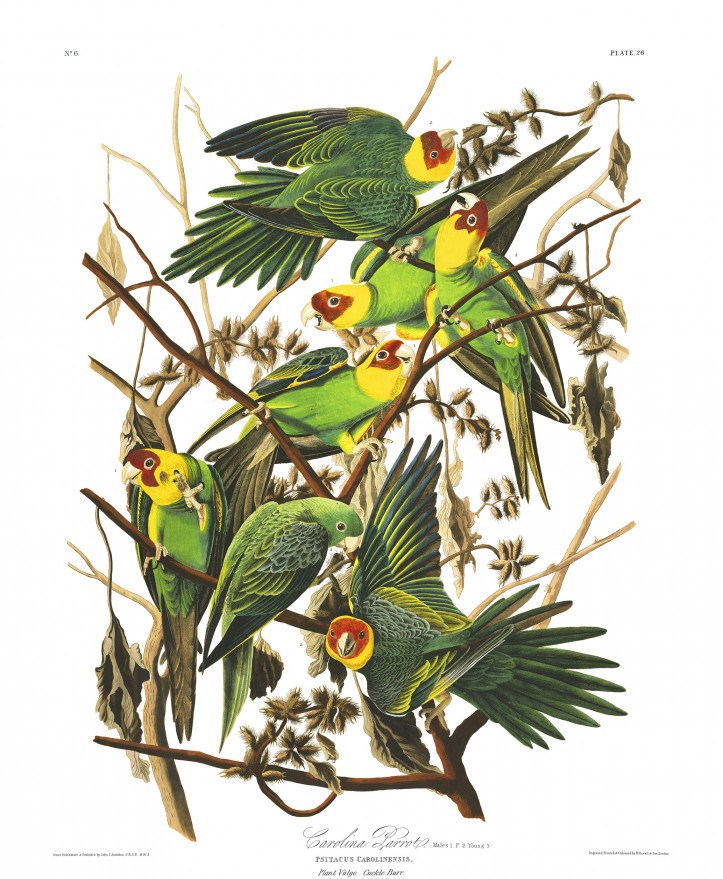
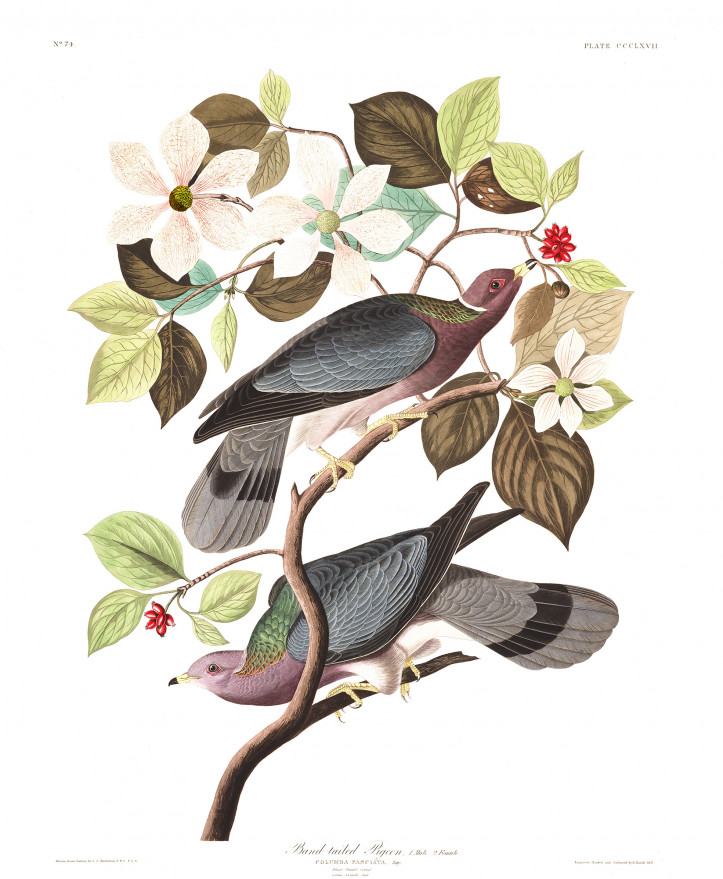
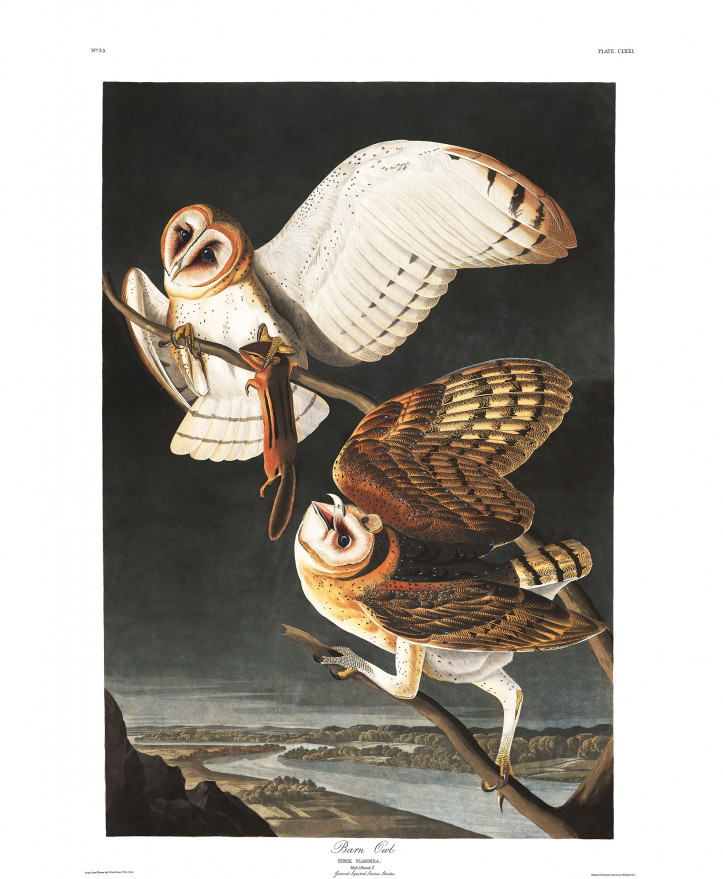
The expressiveness of Audubon’s work also results from his technique. The originals are watercolours, although Benjamin Weiss, curator of the Museum of Fine Arts in Boston, which in 2014 organized the Audubon’s Birds, Audubon’s Words exhibition, argues that ‘watercolour’ is not a big enough word. Weiss prefers to use the word ‘painting’ and points out that the hallmark of Audubon’s work is his attention to texture – the structure of feathers, beaks, eyes, etc. The painter employed a mixed technique: watercolours, pastels, gouache, oil paints; he used sand, and even scratched the surface of his paintings. He did everything he could to truly reflect the animals’ distinctive features.
In many respects, Audubon’s life story is very ‘American’. He was born in 1785 in Haiti. His father was Jean Audubon, a French naval officer and entrepreneur, while his mother was a maid and died shortly after giving birth. Some sources say she was French, some say that she was a native Haitian woman. Audubon senior took his son to France, where his legitimate wife raised the boy as her own. The Audubon’s home in Couëron near Nantes was affluent, and John James (then using the French version of the name – Jean-Jacques) received a solid education: he played the flute and violin, danced (teaching how to dance would become one of his sources of income in the future), rode horses and fenced. He had less patience with mathematics, and he preferred to walk in the woods, often returning with bird eggs or nests, which he would later draw.
When Audubon was 16, his father sent him to America, thanks to which the boy avoided military service and the Napoleonic wars. He learned English from the Quakers – he lived with them while recovering from yellow fever, which he contracted en route. In America, he was meant to look after his father’s affairs in Mill Grove, near Philadelphia.
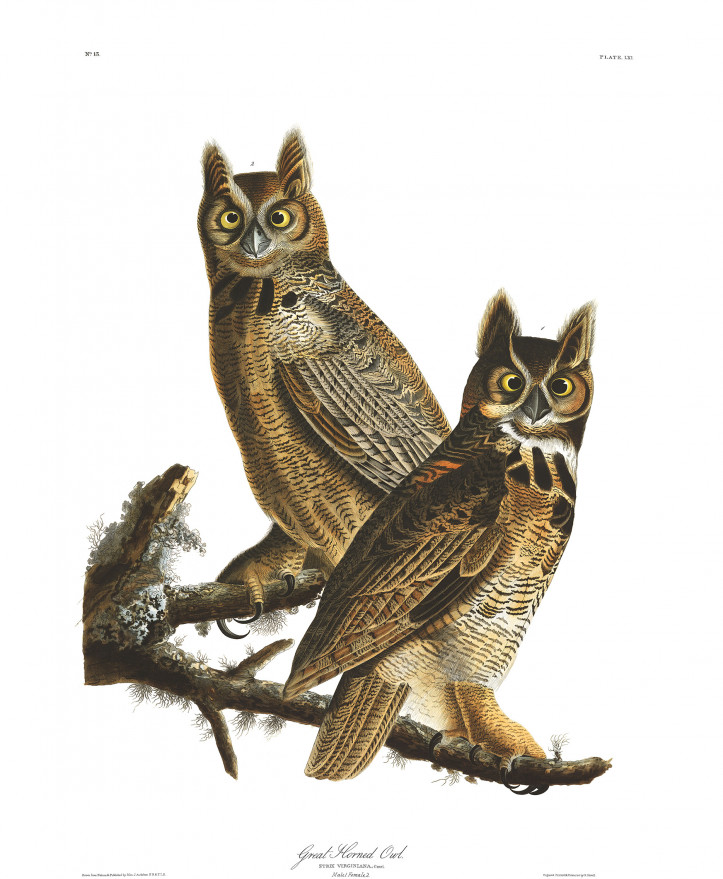
However, he had no head or heart for business. Instead, he loved adventure, nature and travel. His fortunes were varied – sometimes life was good and business went well, sometimes he didn’t do so well. When he went bankrupt, he was briefly imprisoned for debts. He was constantly forced to ‘reinvent’ himself, and made a living in a variety of ways: he ran a store, invested in a mill, gave drawing and dance lessons, worked in a museum (as a taxidermist), sold animal skins, painted portraits… Bankruptcy didn’t break him; in fact, he had a habit of burning his drawings to motivate himself to make better progress in his work. When rats destroyed a large part of his sketches, he saw it as another challenge. However, it is hard to tell whether he would have made it without Lucy Bakewell Audubon by his side.
From shortcomings to advantages
Lucy Bakewell, two years younger than Audubon, was born to a wealthy family in England. She emigrated with her parents to the US – they lived in the Philadelphia area, next to Audubon. Educated, physically strong, she willingly accompanied her neighbour on long walks in the woods and helped him improve his English. They fell in love, and Audubon somehow managed to convince Lucy’s father – wrongly, as it soon turned out – that he would be able to support his family.
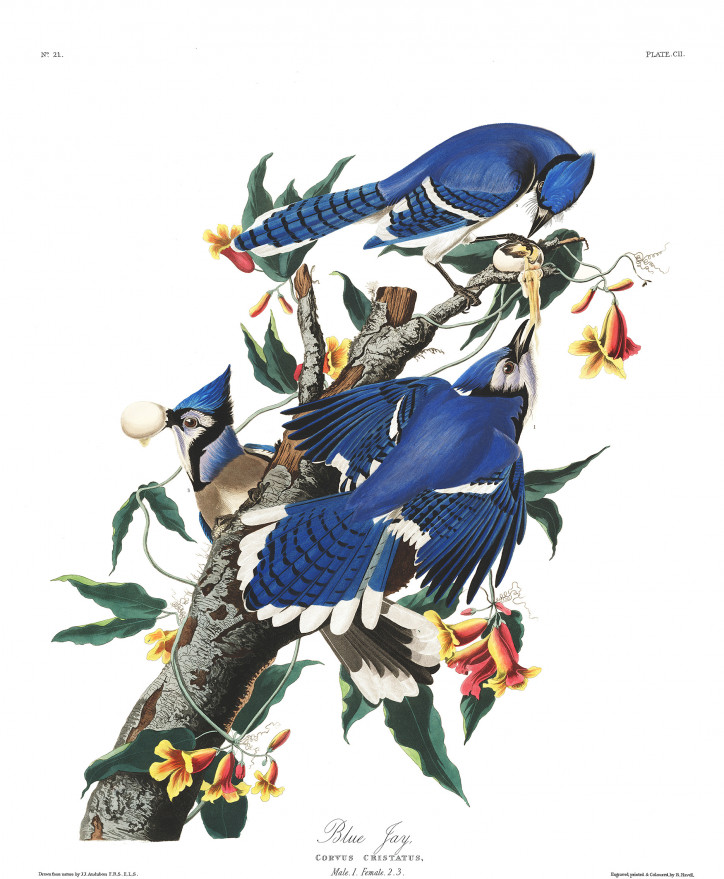
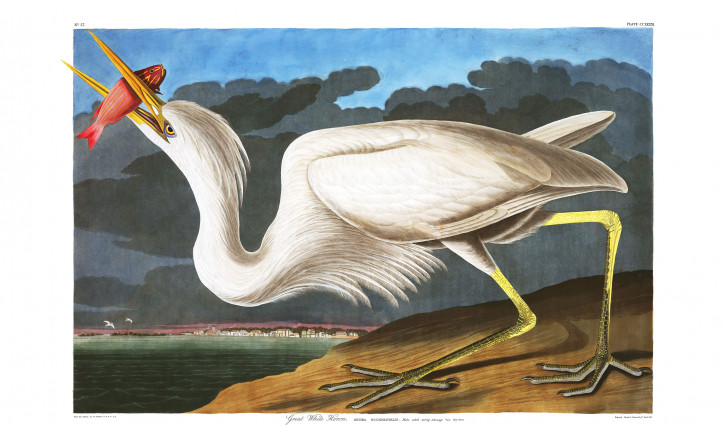
In 1808, the young couple married and travelled west. Despite growing up in a privileged family, Lucy turned out to be a true pioneer who withstood hardships and cheerfully endured the discomforts. She helped Audubon survive the breakdown caused by his bankruptcy. At that point, she decided that her husband’s shortcomings should be transformed into advantages: since he wasn’t cut out for business and loved painting birds, she allowed him to do just that, and took on the difficulty of providing for the family herself. (The Audubons had two sons; Lucy also gave birth to two daughters, but both died at a young age.) She worked as a teacher at a friend’s house and later in girls’ schools; eventually, she established her own school. Thanks to her work, she gained respect and social status. Beyond primary education, Lucy also taught music, sewing, swimming and horse riding.
Reader, come with me!
At that time, Audubon was travelling across the country to paint all the species of birds living in America. It was crucial for him to learn their habits and study their living environment. He observed, sketched, took notes and wrote. It was writing that made his work so special – the fact that we can ‘hear’ his voice, as Weiss thinks. Audubon often addressed the recipients of his work directly; he did not care about maintaining a distance, on the contrary, he willingly shared intimate details of his expeditions with his readers, and, for example, did not hide the fact that he ate roasted meat with his hands. He wrote: “Reader, come with me!”
Such authenticity made Audubon popular when in 1826 he went to Great Britain in search of wealthy subscribers and a publisher for The Birds of America. American scientific societies refused to finance this enterprise, and it was so expensive (the preparation of castings, engravings, the paints and salaries of employees colouring the boards, high quality paper, etc.) that no publisher would have been able to invest so much out of pocket. The British enjoyed Audubon’s air of adventure and certain ‘wildness’ – even in Britain, he dressed in his pioneer attire. Eventually, he won over many wealthy subscribers; one of them was King George IV.
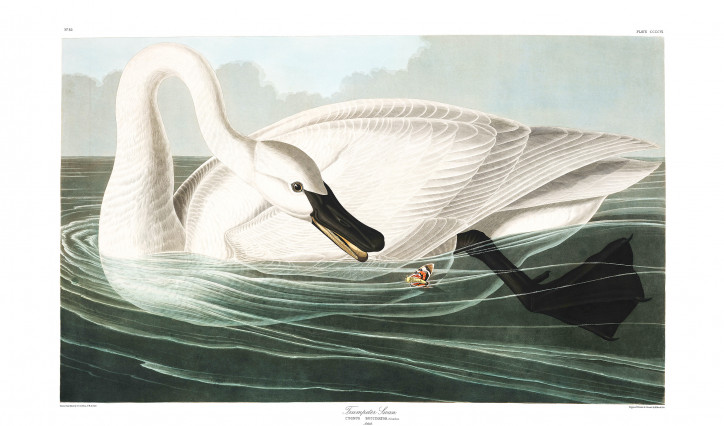
The publication of The Birds of America brought Audubon the reputation of a leading American ornithologist and artist, as well as social and financial status. In 1841, he bought land on the Hudson River in Upper Manhattan, and built a house surrounded by a garden and an orchard. Together with his son, he prepared a smaller and cheaper (pocket-sized!) edition of The Birds of America and began work on The Quadrupeds of North America. However, he did not complete the latter. His health deteriorated: he had symptoms of dementia, suffered a stroke, and lost his sight.
He died at home on 27th January 1851. Lucy outlived him for over 20 years. The Birds of America immortalized Audubon among both art and nature lovers. Today, he is considered one of the fathers of American ecology.
While researching the article, I used the following sources:
Fabien Grolleau, Jérémie Royer, Audubon: On The Wings Of The World, Nobrow, 2017
Benjamin Weiss, John James Audubon: Life-Sized and Larger than Life, lecture accompanying the exhibition at the Museum of Fine Arts, Boston.

